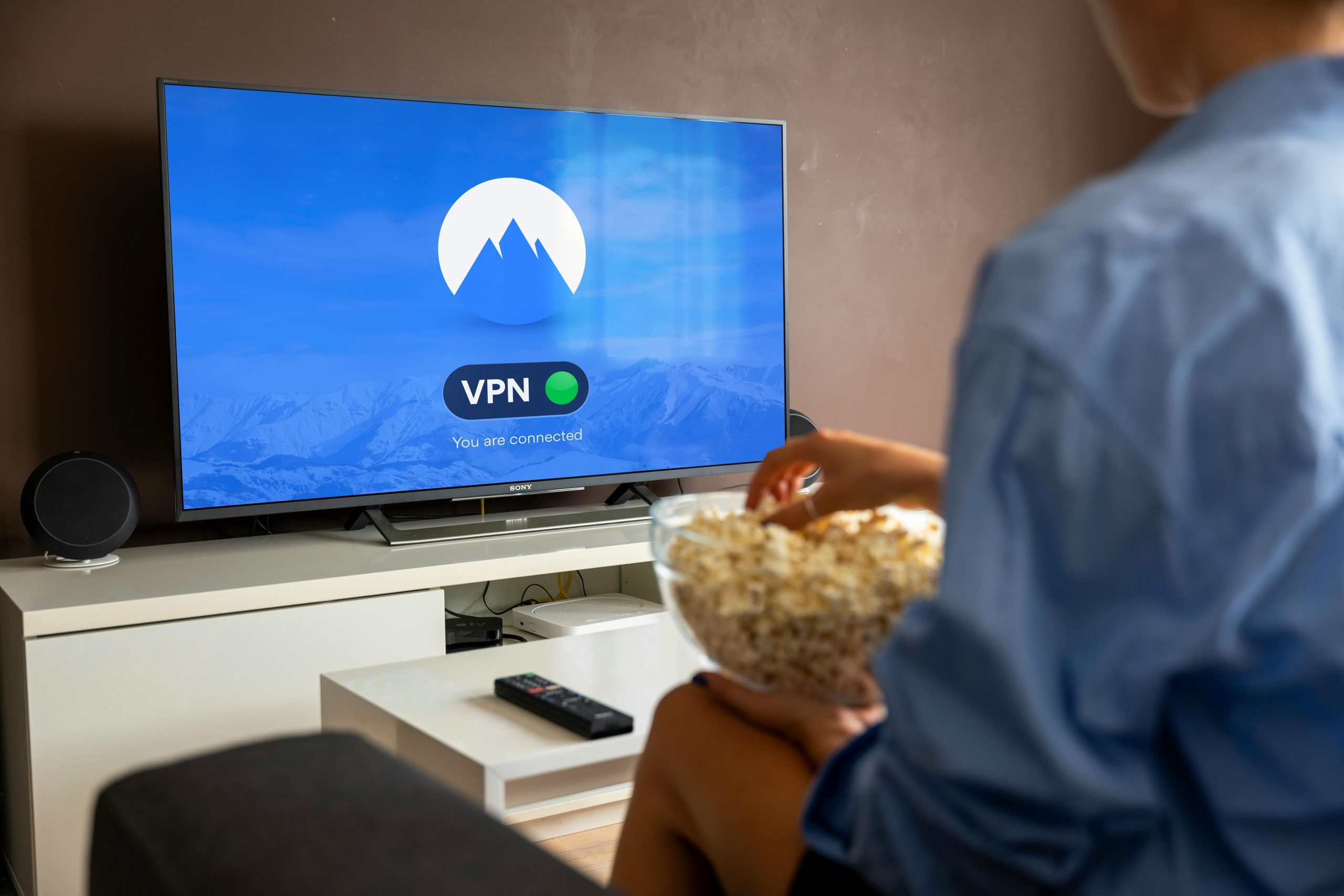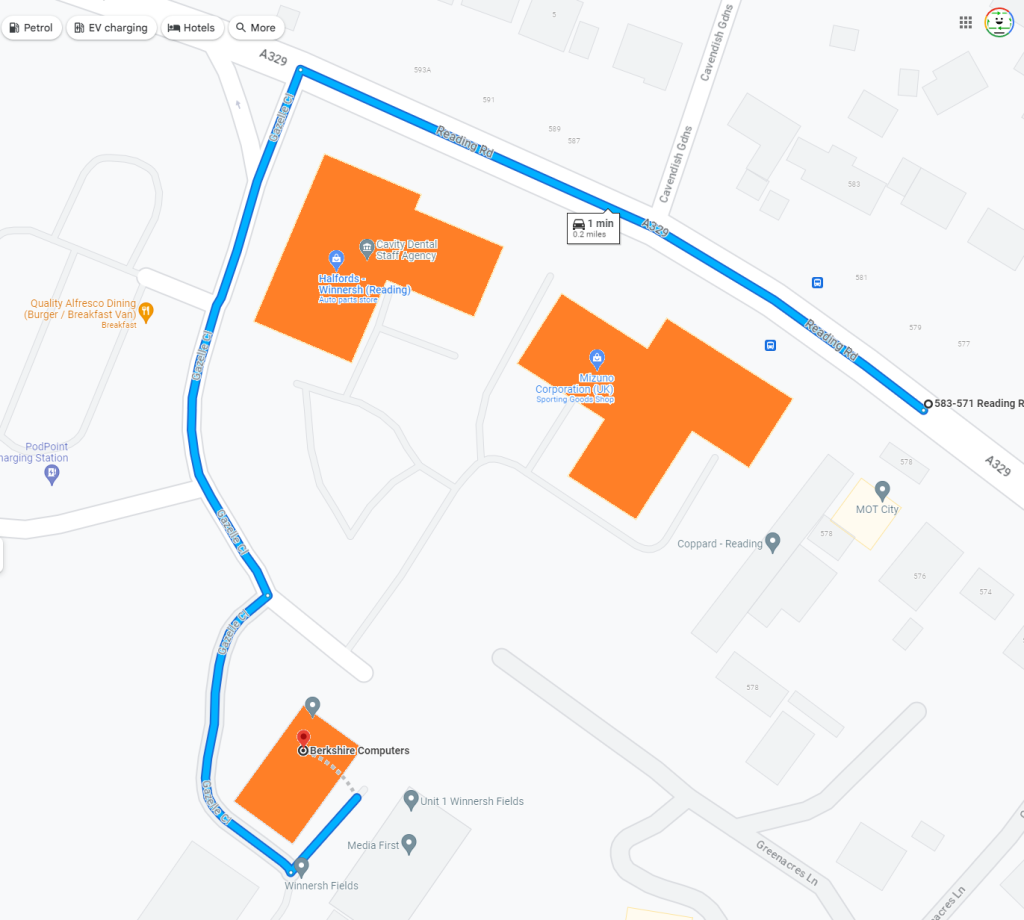How to Determine If Someone Is Remotely Accessing Your Computer
Are you concerned that someone might be remotely accessing your computer? You’re not alone—many users have experienced the unsettling feeling of discovering unfamiliar devices on their network and worrying about their cybersecurity. Here’s a quick guide on how to identify and manage these potential threats based on a recent query from a concerned user.
Spotting Suspicious Devices on Your Network
Imagine you’re casually browsing your computer when you stumble upon a network listing labeled “Desktop-XYZ.” This name is unfamiliar to you, and when you click on it, you find it empty. Adding to your concerns, you’ve already turned off file sharing, yet the unknown device persists.
The first step in addressing this concern is to gather information about the devices listed on your network. A good practice is to check both your network settings and your computer management features.
Understanding Network Devices
Upon checking your Computer Management section, you may notice something alarming—like the presence of “ADMIN$” with a description stating “Remote Admin.” This entry can certainly raise red flags, especially if you are unsure about remote access permissions on your machine.
Steps to Investigate Further
- Review Your Network Settings:
-
Go to your network settings to check all connected devices. Identifying any unknown devices is crucial, as it might give you insight into potential unauthorized access.
-
Disable Remote Access:
-
If you suspect that someone might be remotely accessing your computer, immediately disable any remote access features. Ensure that options like Remote desktop are turned off.
-
Run a Security Scan:
-
Use reputable antivirus and anti-malware Software to conduct a full scan of your system. This can help identify any malicious Software that may have been installed without your knowledge.
-
Change Your Passwords:
-
Consider updating your passwords, especially for sensitive accounts. Ensure you use complex passwords and consider enabling two-factor authentication where possible.
-
Monitor Network Activity:
-
Keep an eye on your network activity to identify any unusual behavior. You can use network monitoring tools to track connected devices and any data being transferred.
-
Consult with Professionals:
- If you’re still unsure or uncomfortable, it may be wise to consult with a cybersecurity professional. They can provide a more thorough analysis and help secure your system effectively.
Conclusion
While discovering an unfamiliar device on your network can be alarming, taking immediate steps can help you protect
Share this content:



